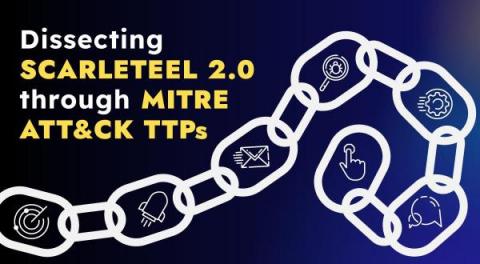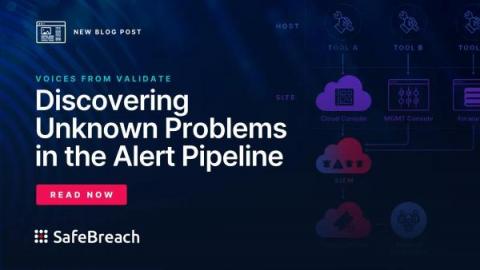Scarleteel 2.0 and the MITRE ATT&CK framework
In this blog post, we will take a comprehensive dive into a real-world cyber attack that reverberated across the digital realm – SCARLETEEL. Through an in-depth analysis of this notorious incident using the MITRE ATT&CK framework, we aim to unearth invaluable insights into the operational tactics of cyber adversaries.










